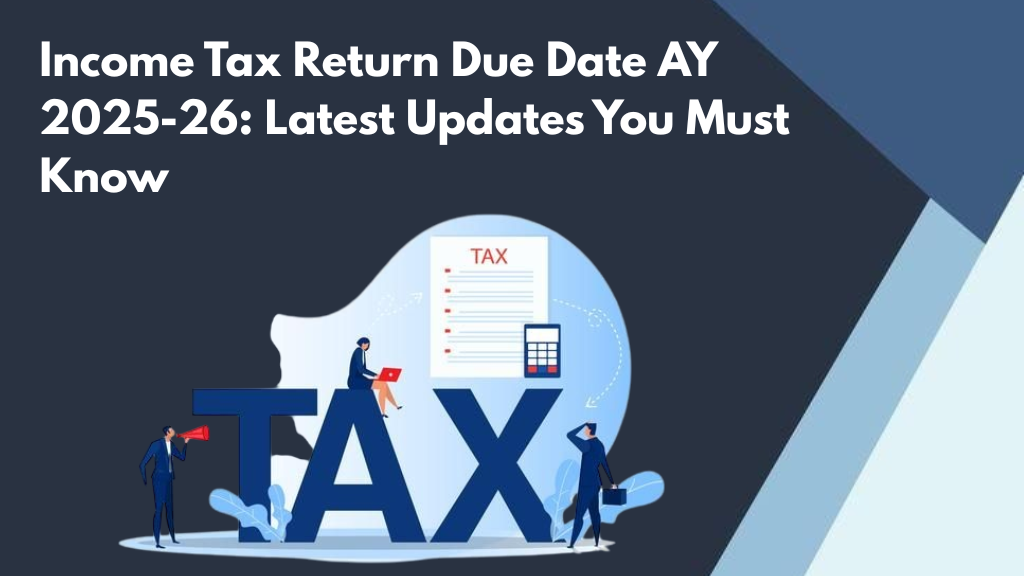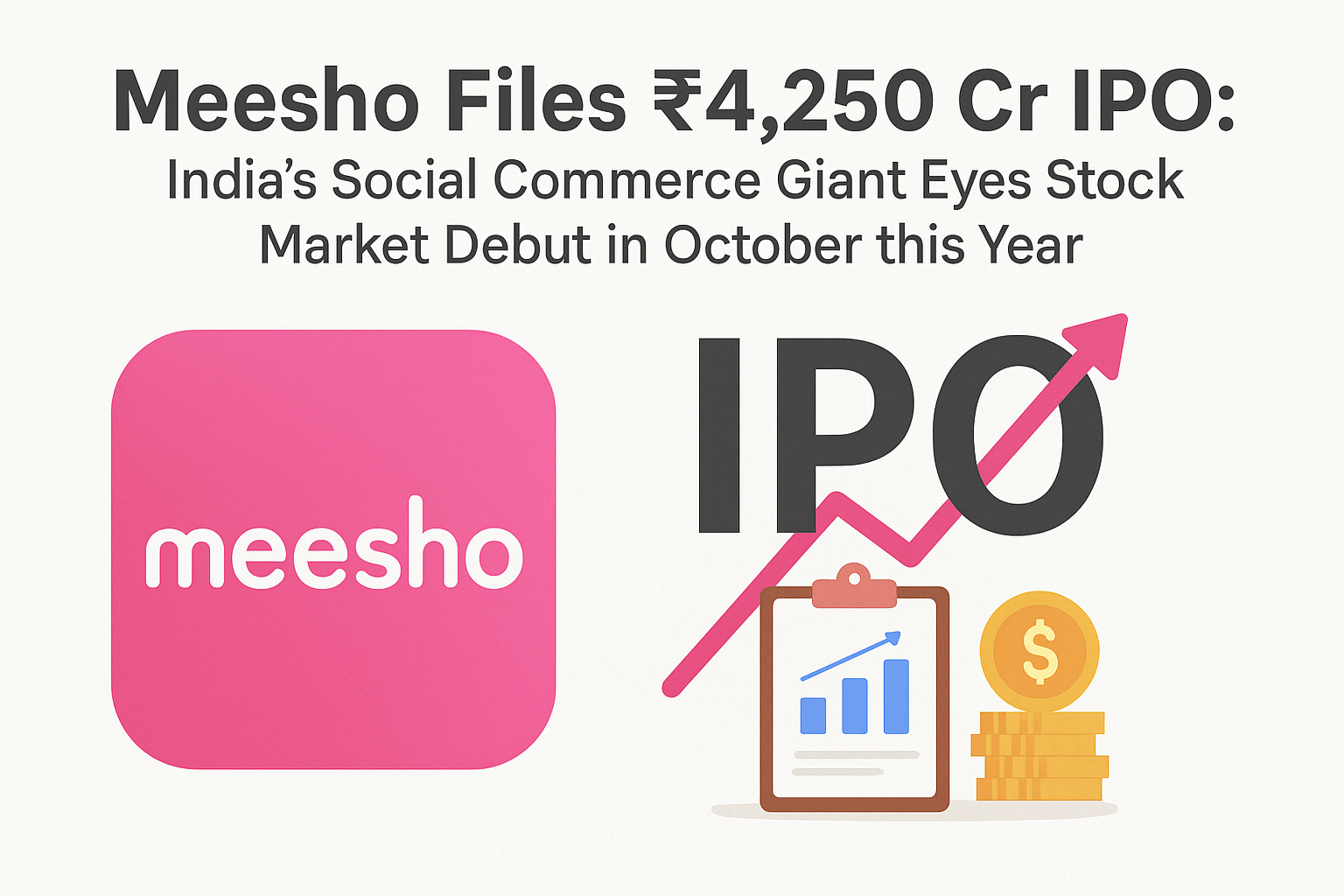Research and Analysis
Crypto Research & Analysis: The Complete Guide for Smart Investors
In today’s fast-moving world of digital currencies, crypto research and analysis are no longer optional — they are essential survival skills for anyone who wants to invest wisely. The idea of jumping into the crypto market because you heard about a friend’s massive profit is tempting, but if you don’t know how to do your own research, you’re just gambling with your money. The truth is, crypto is full of exciting opportunities, but also of projects that can fail overnight. The difference between a confident investor and someone who panic-sells at every dip often comes down to how well they understand the assets they’re holding.
At its core, crypto research and analysis is about gathering trustworthy information, verifying it, and using it to make better decisions. This guide will help you break down what you need to know — from the basics of reading a whitepaper to understanding price charts and market sentiment. Think of this as your roadmap to navigate the complex yet rewarding world of crypto with confidence.
Understanding the Basics: Why Research Matters
First things first — why bother? Many new investors jump in after seeing price charts with huge green candles, convinced they’re about to ride the next wave to riches. But they forget that what goes up can come down, often sharply. This is where research acts like your safety net. It helps you separate hype from reality, avoid scams, and understand what gives a coin real, long-term value.
A good starting point is to get familiar with two main types of research: fundamental analysis and technical analysis
Fundamental analysis focuses on the project’s foundation — its purpose, technology, team, tokenomics, community, and growth potential. For example, if you’re researching a new coin, you’d want to read its whitepaper, which is like a business plan explaining how it works and what problems it aims to solve. It’s surprising how many investors skip this step — but the whitepaper often reveals whether a project is revolutionary or just empty promises. Equally important is looking at the team behind the project. Are they experienced? Do they have a track record in crypto or tech? Are they transparent about their identities? Teams that are completely anonymous with no clear background should raise a red flag unless you have strong reasons to trust them.
Next, explore the tokenomics — a fancy term for how the coin’s supply and distribution work. A project with unlimited supply might suffer from inflation, meaning your coins could lose value over time. On the other hand, tokens with a capped supply and strong use cases often hold their value better. Look for how tokens are allocated: Do a few insiders control a massive share? That could mean they could dump their holdings at any time, crashing the price.
The community is another crucial factor. A vibrant, engaged community often drives adoption and helps spread awareness organically. Check out how active the community is on platforms like Twitter, Discord, or Reddit. Strong communities also help you stay updated with the latest news, partnerships, and product developments.
Business News
Understanding the Basics: Why Research Matters
Once you understand a project’s fundamentals, you’ll want to add technical analysis to your toolkit. This is about studying charts and price movements to spot trends and make more informed buy or sell decisions. You don’t need to become a chart wizard overnight, but some basic skills can make a big difference.
When you look at a crypto price chart, you’ll often see candlestick patterns, which show how the price moves within a specific period. A candlestick’s shape tells you the opening, closing, highest, and lowest prices — giving clues about market sentiment. Some traders look for patterns like ‘dojis’ or ‘engulfing candles’ to predict reversals or continuations of trends.
Another key concept is support and resistance levels. Think of support as the floor price where a coin tends to stop falling because buyers step in. Resistance, on the other hand, is like a ceiling price where the coin struggles to move higher because sellers take profits. Recognizing these levels helps you plan your entry and exit points more strategically, rather than buying or selling on emotion.
Many traders also rely on indicators like the RSI (Relative Strength Index) or Moving Averages. The RSI helps you gauge whether a coin is overbought or oversold, which can hint at a possible reversal. Moving Averages smooth out price data, making it easier to spot long-term trends. It’s not about memorizing hundreds of indicators — a handful of well-understood ones are enough to get started.
Sentiment Analysis: Reading the Crowd
In crypto, emotions run wild, and market sentiment can swing prices dramatically. This is why sentiment analysis is the third piece of the research puzzle. It helps you measure the overall mood of the market — whether it’s driven by fear, greed, optimism, or panic.
Social media plays a huge role here. Platforms like Twitter, Reddit, and Telegram often generate the first buzz around a project. A sudden spike in mentions can pump prices temporarily — but beware, this can also be a sign of coordinated hype. It’s important to distinguish genuine organic excitement from paid promotions or bots.
News and regulatory developments also affect sentiment. A major exchange listing, a big partnership announcement, or a country changing its crypto laws can all cause prices to surge or crash. Some investors keep an eye on tools like the Fear & Greed Index, which shows if the market is feeling overly bullish or bearish. Extreme readings can hint at a possible reversal — for example, extreme fear might suggest a buying opportunity if you believe in the project long-term.
How to Do Your Own Research: A Practical Walkthrough
Let’s pull this together with a simple, repeatable process you can follow anytime you want to analyze a new coin or token. Imagine you come across a new project called “SuperCryptoCoin.” Where should you start?
- Visit the Official Website: Does it look professional and trustworthy? Is the roadmap clearly explained? Be wary of projects with vague or copied content.
- Read the Whitepaper: Dig into what problem the coin solves, how it works, and whether its goals are realistic.
- Investigate the Team: Look up the founders and developers on LinkedIn. Do they have real profiles and prior experience?
- Check Tokenomics: How many tokens exist? Is the supply limited? Who holds the largest wallets?
- Join the Community: Hang out in their Discord or Telegram group for a while. Are people asking smart questions? Are the admins transparent?
- Look for Partnerships: Are there credible partnerships, or is it just hype?
- Analyze the Charts: Even if you’re not a trader, glance at the price history and volume. Is it highly volatile?
- Follow Recent News: Use reliable sites like CoinDesk or CryptoPanic to stay updated.
This process might feel slow at first, but the more you do it, the quicker you’ll spot red flags or green lights.
Tools to Make Research Easier
You don’t have to do everything manually. Many free and paid tools help you gather data and interpret it correctly. Sites like CoinMarketCap and CoinGecko let you check real-time prices, market caps, trading volumes, and token supply at a glance. For deeper insights, platforms like Glassnode or IntoTheBlock provide on-chain data — things like wallet activity, large transactions, and exchange inflows/outflows, which can reveal big investors’ moves.
You don’t have to do everything manually. Many free and paid tools help you gather data and interpret it correctly. Sites like CoinMarketCap and CoinGecko let you check real-time prices, market caps, trading volumes, and token supply at a glance. For deeper insights, platforms like Glassnode or IntoTheBlock provide on-chain data — things like wallet activity, large transactions, and exchange inflows/outflows, which can reveal big investors’ moves.
Business News
Common Pitfalls to Avoid
Even experienced investors make mistakes, so here are a few things to watch out for:
- FOMO: Fear of Missing Out is your biggest enemy. Don’t rush in just because everyone’s talking about a coin on Twitter.
- Confirmation Bias: It’s easy to look only for information that supports your belief. Try to find counterarguments too.
- Overcomplicating Things: You don’t need to master every indicator or read every tweet. Focus on key factors and learn to filter the noise.
Ignoring Security: Store your research data safely and never share your private keys when researching wallets or platforms.
The Evolving World of Crypto Analysis
Crypto is still young and changing fast. New tools and techniques pop up all the time. For example, on-chain analysis is becoming popular, where you study blockchain data directly to see how coins move between wallets and exchanges. Some advanced traders also follow derivatives data, like funding rates and open interest, to gauge where big money might flow next.
And then there’s AI-powered sentiment analysis, which scans millions of posts and articles to detect patterns humans might miss. While you don’t need these advanced methods right away, it’s good to know they exist as you level up your research skills.
Final Thoughts: Knowledge Is Your Edge
Learning crypto research and analysis is like learning to drive in heavy traffic. At first, it feels intimidating — but the more you practice, the more confident and independent you become. The market will always have ups and downs, but your ability to do smart, independent research will help you ride the waves without drowning in hype or fear.
So, the next time you hear about the “next big coin,” pause, dig deeper, read the fine print, study the charts, and trust your research — not the noise. Your future self will thank you.
- All Posts
- Become Partner
- Broker Review
- Crypto
- IPO
- Mutual Fund
- Recent News
- Recent Updates
- Stock Market

Income Tax Return Due Date AY 2025-26: Latest Updates You Must Know The income tax return due date is one...

Urban Company IPO GMP Rises Urban Company IPO GMP The Urban Company IPO GMP has surged ahead of its public...

Urban Company IPO 2025 – A Profitable Startup Going Public Urban Company IPO 2025 The Urban Company IPO 2025 has...

IPO Raised ₹599 Crore Even Before Opening, Investors Rush In; GMP Will Blow Your Mind The Indian stock market is...

Meesho Files ₹4,250 Cr IPO: India’s Social Commerce Giant Eyes Stock Market Debut in October this Year Bengaluru-based ecommerce platform...

NSE’s Diwali IPO in Sight: Awaits SEBI’s NoC After ₹1,600 Cr Record Settlement Proposal From SEBI’s Final Clearance to Damani’s...
By Popular Top Share Brokers

Motilal Oswal
30 days brokerage free trading
Free – Personal Trading Advisor

AngelOne
Free Equity Delivery
Flat ₹20 Per Trade in F&O

Profit mart
Free Equity Delivery
Flat ₹20 Per Trade in F&O

ProStocks
Unlimited @ ₹899/month
Rs 0 Demat AMC

Upstox
FREE Account Opening
Flat ₹20 Per Trade

Paytm Money

Pay ₹0 brokerage for first 10 days
Flat ₹20 Per Trade

Fyers
Free Eq Delivery Trades
Flat ₹20 Per Trade in F&O




